Structural gaps hinder early-warning actions and urge the global scientific community to take a concerted approach to identifying these gaps and working to close them is imperative.
More than books, my life has largely been inspired and influenced by Movies (Shallow as it sounds!). Movies have left an impressionable image of happiness, sorrow and disasters. Some examples:
a. 2012 (2009) – IMDb: IThe Mayan calendar predicted that a global catastrophe would occur and that massive ships were constructed in China to preserve the human race. Massive tsunamis, earthquakes, and other natural disasters would devastate the world, including California, which would be submerged underwater.
b. Geostorm (2017) – IMDb: Gerard Butler navigates a Geostorm caused by humans’ meddling with the weather. When the network of satellites designed to manage the global climate begins to assault Earth, its creator must race against time to uncover the true danger before a global Geostorm wipes out everything and everyone.
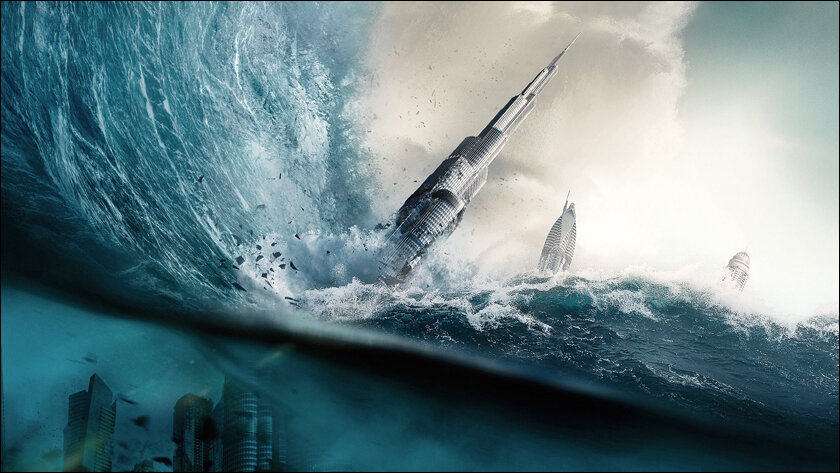
c. Volcano (1997) – IMDb: An erupting volcano in downtown Los Angeles sets a city official and a seismologist on a desperate mission to stop its path of destruction.
d. Twister (1996) – IMDb: On the verge of a divorce, extreme storm chasers Bill and Jo Harding must join forces to create an advanced weather alert system by putting themselves in the path of extremely violent tornadoes.
The narrative of how these stories are connected is the underlying story.
a. Humans will go to great lengths to protect their families and loved ones.
b. Some or many disasters are caused by human negligence and greed.
c. Early warning systems are sometimes ignored, which may or may not have prevented casualties.
I could elaborate further, but the recent floods in Chennai demonstrate how small changes in microclimates can have disastrous consequences, including damage to property and livelihoods, and widespread chaos. Chennai is my home town, so despite the media attention or lack of, I do tend to follow the catastrophes that the city dealth with over the years. Be it the Tsunami in 2004 or the floods in 2015 the floors in 2021 or the floods now in 2023, chennai being the coastal town has been inundated with disasters. Mumbai, Bangalore, and other towns located on the banks of rivers, lakes, seas, or other natural features share a similar situation.
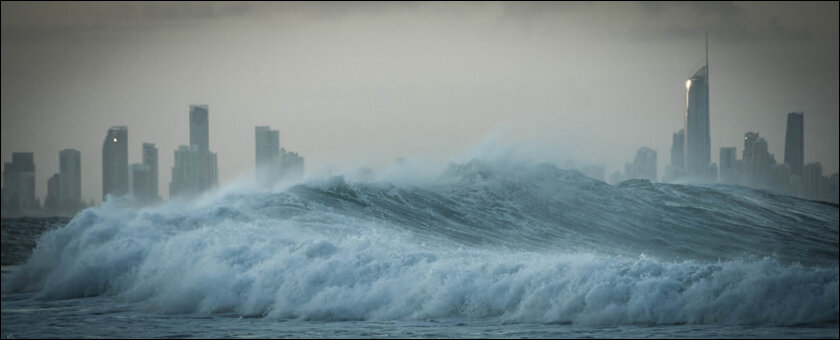
And the reasons are quite well known!
While it is true that many natural disasters are not caused by human activity, prolonged exploitation of natural resources, lack of understanding of patterns, and greed can all contribute to the severity of the disasters and the difficulty of responding to them.
For instance, climate change can cause unpredictable erratic weather, but urban development planning can significantly contribute to the risk of flooding, locating areas with loose tectonic plates, and fear of tsunamis. Some of the countries with known systems.
Maldives: As climate change continues to cause sea levels to rise, the Maldives will become increasingly vulnerable to flooding. The Maldives Early Warning System (MEWS) has been effective in reducing the impact of flooding in the Maldives. However, it is important to note that the system is not perfect and cannot prevent all flooding events. In particular, the MEWS is not designed to protect against sea level rise, which is a major threat to the Maldives.
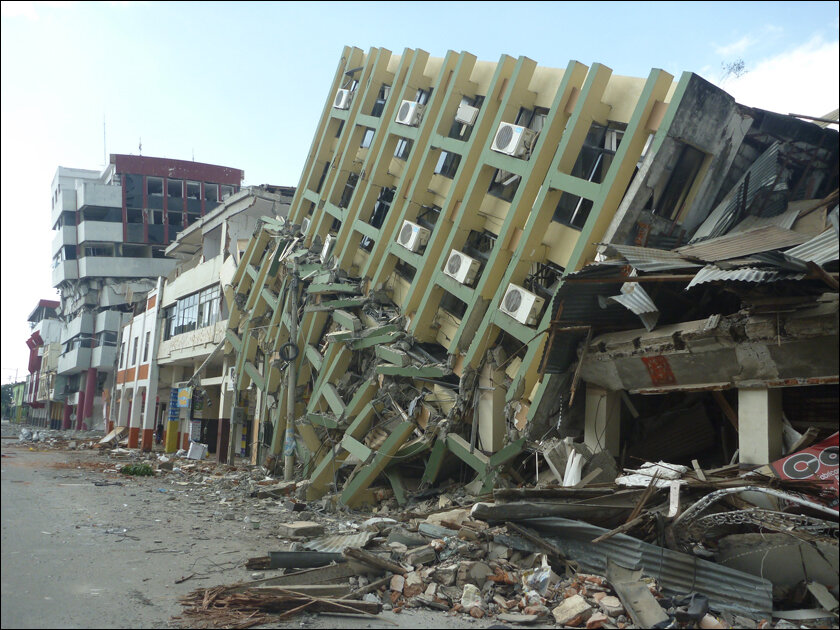
Japan: Japan has many earthquakes and volcanoes due to the movement of the Pacific and Eurasian plates. The Nankai Trough is the most active earthquake zone and Mount Fuji is the most active volcano. Japan has a number of early warning systems in place to protect people from earthquakes and volcanic eruptions. These systems include:Japan has two early warning systems: EEWS for earthquakes and VEWS for volcanic eruptions. EEWS can provide up to 10 seconds of warning time and VEWS can provide up to 24 hours of warning time. These early warning systems have been effective in saving lives. For example, in 2011, the EEWS helped to save thousands of lives when it detected the Great East Japan Earthquake. The VEWS has also been effective in helping to evacuate people from volcanoes before they erupt.
California: California is earthquake prone due to its location on the Pacific Ring of Fire.
The state has experienced devastating earthquakes, including the 1906 San Francisco and 1994 Northridge earthquakes. Additionally to couple the disasters, California is also prone to landslides, tsunamis, and wildfires. This is the same in Australia given the geographic vastness of the place.
Early warning systems (What are they and are they effective?):
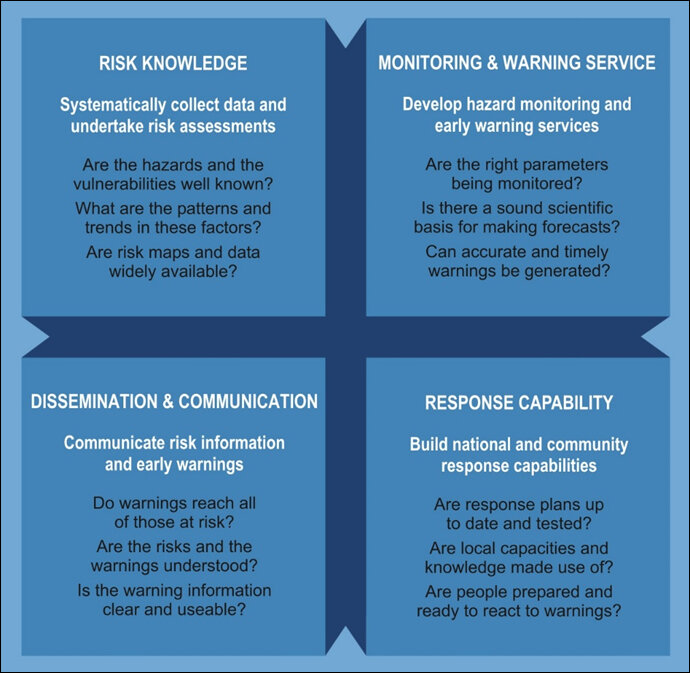
Early warning systems have been used by ancient tribes to warn of tsunamis and weather. Improved sensors and communication have allowed for better early warning systems and now monitor a wider range of hazards. Early warning systems are classified by hazard type, level of operation, and single/multi-hazard. Space technologies used in early warning include satellite telecommunications and Earth observation.
AI and data assimilation may help authorities prepare for and respond to disasters:
- It can be used to predict hurricanes, water-related disasters, and droughts.
- Uses historical data and real-time data to make predictions.
Sendai Framework for Disaster Risk Reduction 2015-2030: Early warning systems are important for disaster management and are mentioned in Priority 4 and Target G.
Paris Climate Agreement: The climate change community recognized the importance of early warning systems and included the need to conduct such efforts in the Paris Agreement.
In essence, early warning systems are indicators that predict possibilities, but some can also identify causes and help with early evacuations. However, many of them fail due to avoidable reasons that do not receive enough attention or follow through.
Failures due to ineffective implementation and inadequate support from the population:
For example, in Chennai, despite a flood warning system set up during the British era connecting the drainage system using canals, over time, empty canals accumulate debris and lack of effective cleaning coupled with encroachment causes flooding. The canals were designed to drain excess water from the city, but as the city grew, the canals became clogged with debris and unable to function properly. This led to flooding during heavy rains, which in turn caused damage to property and infrastructure. In addition, the canals were often encroached upon by residents, who built houses and other structures on the banks of the canals. This further reduced the capacity of the canals to drain water, and made flooding even more likely. The city has taken steps to address the problem of flooding, including cleaning the canals and demolishing illegal structures. However, these measures have not been enough to completely eliminate the problem.
Failures from government implementation:
Bangalore is another city that is full of lakes, however, many buildings are built on top of them. t The city’s drainage system is outdated and cannot cope with the amount of rain that falls during the monsoon season. This has led to flooding in low-lying areas, which can cause damage to property and infrastructure, and can also be dangerous for residents. Bangalore also has a problem with encroachment on storm water drains. This means that the drains are not able to function properly, and can easily overflow when it rains heavily. Encroachment on storm water drains is often caused by illegal construction, and the authorities need to do more to prevent this from happening.
The recent floods have also highlighted the need for better disaster management planning by the authorities. In the aftermath of the floods, there was a lack of coordination between different government agencies, which made it difficult to provide relief to the affected residents. The authorities need to develop a better disaster management plan, which should include clear roles and responsibilities for each agency, and a plan for how to communicate with the public in the event of a disaster. The recent floods in Bangalore are a wake-up call for the authorities and they need to take action to address the city’s infrastructure problems and improve its disaster management planning. If they do not, then the city will continue to be at risk of flooding, which can have devastating consequences for residents.
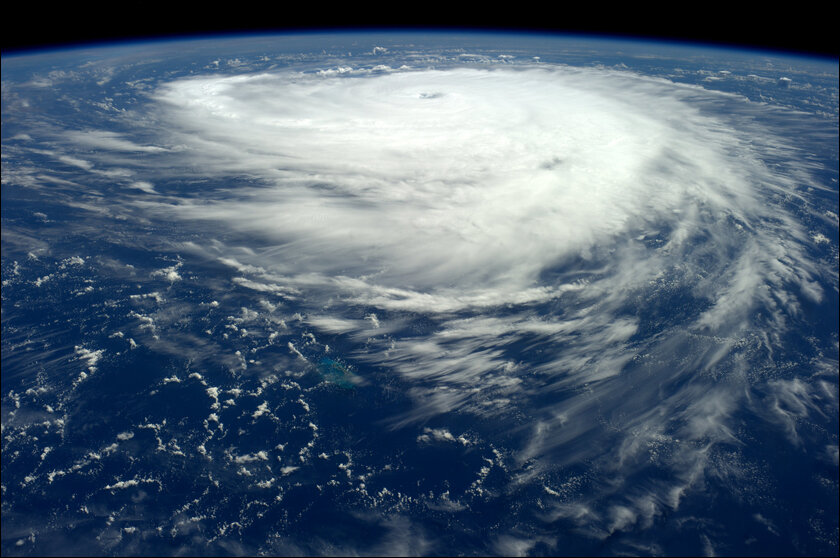
The geography may just not support:
These cities are located in coastal areas that are vulnerable to storm surges and other flooding events. By investing in flood control measures, such as seawalls and levees, these cities can protect their infrastructure and critical facilities from damage. They can also work to reduce the amount of impervious surfaces in their communities, which can help to slow the flow of water during storms.. Earthquake-prone areas are difficult to predict as there is only limited or known information that can predict the seismic activity. However, these cities can take steps to mitigate the risk of earthquake damage, such as building earthquake-resistant structures and educating residents about earthquake preparedness.
Are they doomed to fail?
Structural gaps hinder early-warning actions and urge the global scientific community to take a concerted approach to identifying these gaps and working to close them is imperative. National and local governments, international organizations, researchers, the private sector, operational staff, community workers, and the public all play an essential role in the effective operation of early-warning systems. Everyone must be aware of each other’s contributions and be intentional about collaborating. This will lead to better resources, improved hazard coverage, and more efficient, effective and inclusive warnings and kick start mitigation where possible.
In case you missed:
- None Found



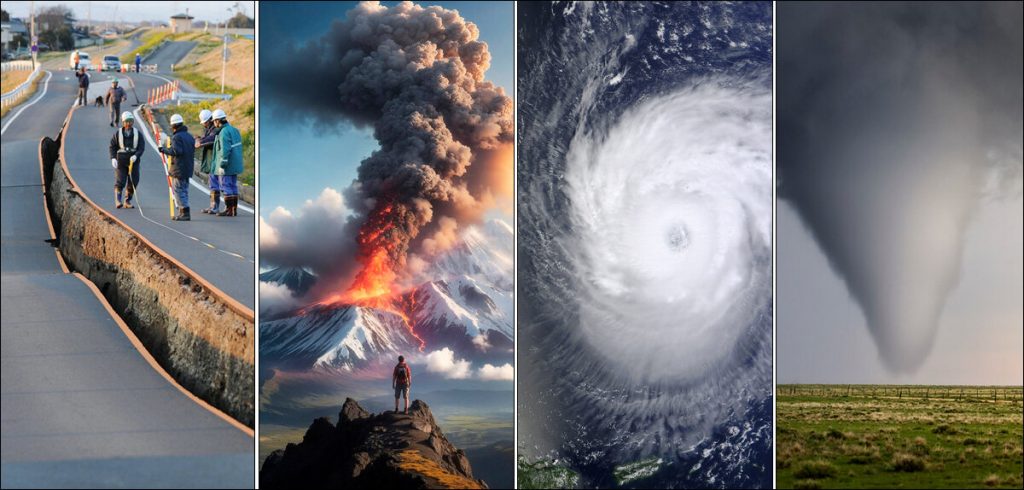
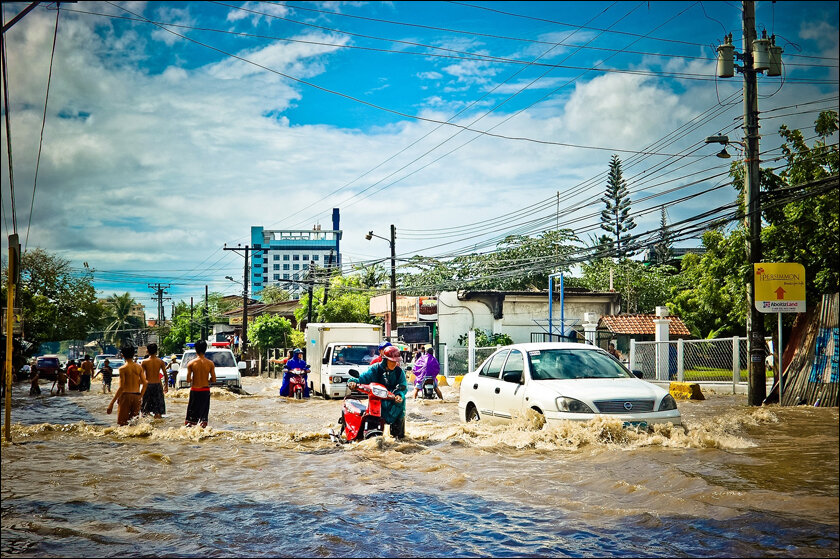






2 Comments
Very Nice Article !
yeah that’s great field for bachelor degree